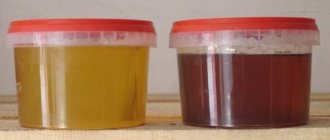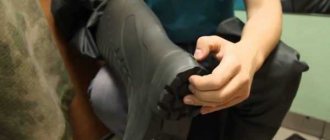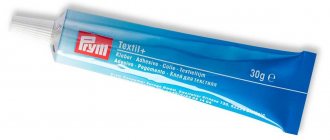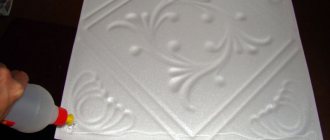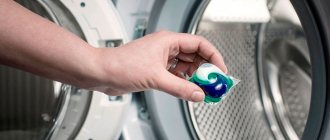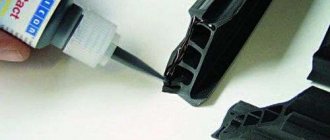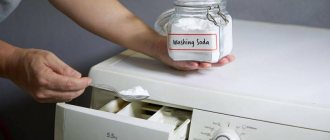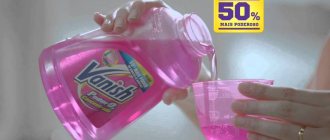Glass objects require repair more often than plastic and wood due to their fragility. When gluing decorative items, it is important to choose a composition that will be invisible at the seams. When it comes to fixing glass to metal or wood, then strength comes to the fore. This article will discuss the adhesive options available and their properties.
Properties of glass adhesive
Any glass is quite fragile and has a smooth, even surface. This can make gluing a challenge. That is why special adhesives were invented and produced that can hold glass elements together.
Each glass adhesive:
- Excellent adhesion of smooth and even surfaces to each other;
- Completely hardens in a fairly short period of time;
- Eco-friendly, does not contain toxic components;
- Resistant to moisture, waterproof, which is also important in the work process;
- Maximum elasticity;
- Quite thick;
- Ideally withstands any temperature changes.
Important: buy glue for joining glass parts only from familiar manufacturers. It may be more expensive, but the purchased material is guaranteed to properly glue the required surfaces.
Surface preparation
Before gluing glass to glass or other material, the surfaces are cleaned of dust and dirt and degreased. Suitable products for this purpose include acetone, white spirit, medical alcohol, kerosene or solvent. You can remove grease from surfaces with special Bohle construction products.
Important! Household chemicals for cleaning glass or plumbing are not suitable for degreasing.
It is important to follow safety rules when cleaning the surface. To avoid poisoning by toxic fumes, work is carried out in a ventilated area. Rubber gloves are worn to protect hands. This precaution will protect the glass parts from sebum.
Then the parts to be connected are heated to remove condensation. It is optimal to heat the surfaces 30 degrees above room temperature. You can easily do this yourself with a regular hairdryer.
Where is glass glue used?
Glass adhesives are quite limited in terms of use, since manufacturers do not recommend using them for working with other coatings.
As a rule, such adhesives help when necessary:
- Temporarily repair a broken window;
- Bring a porcelain or crystal product back to life;
- Repair the dishes;
- Repair an electrical appliance;
- Glue the mosaic pieces together;
- Glue beads or similar elements;
- Glue the side mirror in the car;
- Repair an aquarium, vase, etc.
The adhesive composition is always transparent, so the repair of a glass object always takes place without a trace.
Important: not every glass glue is suitable for repairing dishes and other products in which food is stored or from where it is consumed. In order to avoid poisoning and harm your own or someone else’s health, it is worth checking whether the composition is suitable for use for such purposes.
Useful tips
The adhesive must be suitable for the type of glass that will be glued, so before purchasing, you should read the manufacturer's recommendations on the product label. If the gluing area is large, it is convenient to apply the composition with a brush, so it is first poured into a suitable container. While working, you must protect your eyes by wearing goggles. If the glue contains a solvent, then the room should be ventilated by opening a window or vent. Difficult stains are removed from the glass with a metal kitchen brush.
Types of glass glue
Glass adhesive compositions are made in different ways and differ in their components. There are several types of this material:
Polymer
This transparent composition is created from polymer substances. Its peculiarity is that it dries exclusively under the influence of ultraviolet rays.
Polymer adhesives are usually needed for bonding mirrors, glass, solar panels, jewelry and the like. To use this material, you will have to acquire an ultraviolet lamp.
Pros:
- Resistant to sudden and severe temperature changes;
- Does not lose its properties when exposed to moisture;
- Withstands a variety of mechanical loads well;
- The adhesive seam is completely transparent and completely invisible;
- Fire resistant, does not contain toxic components.
Important: some types of polymer glass adhesives must be applied in two layers (everything is always described in detail in the instructions). Before gluing parts, you must carefully study the manufacturer's recommendations on the packaging.
Cyanoacrylate
This variety is not particularly often used in work. Such adhesive compositions are usually required for high-quality connections of elements, since they will subsequently be subject to increased loads.
Pros:
- Dries quickly after applying a seam;
- Incredibly resistant, capable of gluing elements for a record long time;
- Can be used on painted glass.
Cyanoacrylate glue is excellent for those cases where glass parts need to be bonded to each other very quickly but effectively. This variety is used in gluing optical parts, microcircuits, conductors and other similar objects.
You cannot purchase such a composition in every store - there are specialized ones for this.
Silicate
This adhesive composition is very similar to liquid nails used in construction and industry. It is made from sealants or silicone substances.
Pros:
- It has a huge selection of shades, so it’s easy to choose the right adhesive for colored glass (which is why it is often used in design and interior decoration);
- The adhesive seam is highly durable and very reliable;
- The cost of the material is low, so almost everyone can afford it.
Silicate glass adhesives are waterproof, waterproof and capable of bonding elements even in very wet rooms or areas. In addition, it is worth noting that these adhesive compositions can withstand elevated temperatures, and besides, they themselves are heat insulators.
Various biological pests such as insects, mold or fungus will not appear and multiply in the future on the resulting adhesive joints. Due to this, silicate glue is often used for work related to country house construction.
Important: when working with silicate compounds, you should be as careful as possible, since they have a fairly strong alkaline reaction. The glue should not come into contact with exposed skin and mucous membranes. It is recommended to carry out work wearing gloves and a respirator.
Domestic
For a simple repair of a glass object at home, you can use any household glue. In this case, PVA for glass will be the best. This material costs little and is good for minor repairs to an object that is usually not subject to stress.
Household compositions are safe and cannot harm a person even if they come into contact with the skin. Just wash the stained area with water or wipe with a towel.
What is it and how is it produced
Liquid glass is an aqueous alkaline aqueous solution of silicas, which are glassy silicates. In appearance, silicate glue is transparent, yellow-greenish in color. The adhesive mass is dense to the touch and, when not hardened, resembles jelly. The glue is homogeneous, ideally without foreign particles.
There are 2 known technologies for producing liquid glass:
- silicates combine with potassium, sodium and lithium hydroxide;
- baking soda is melted with quartz sand.
The chemical formula of the substance is complex. It varies based on the dominant component - potassium or sodium. Lithium is used quite rarely. These elements give liquid glass adhesive properties. Some manufacturers add fragrances to make the glue smell nice.
Heat Resistant Glass Adhesive
As the name suggests, this glue is used for joining and repairing objects that are usually exposed to high temperatures.
For example, this composition is suitable for working with the following elements:
- Glass tiles;
- Electric kettle body made of glass;
- Oven front, etc.
Among the components of heat-resistant adhesive compositions there are special additional components that help the frozen material not to deteriorate under the influence of heat and not lose its properties.
You need to choose glue depending on what kind of work you want to do. Now you have learned about the existing types of glass adhesives and where they are used. Guided by this information, you can easily determine what composition you need and purchase it in the store.
Scope of application of glass adhesives
Glass glue is commonly used both for joining components of household items and on an industrial scale. In most cases, transparent glass adhesive is used - the best option for working with materials that do not have color.
When choosing an adhesive, the structure and type of glass must be taken into account: for corrugated varieties, reinforced compounds are used that can penetrate all bulges and irregularities. Smooth types fit perfectly on household adhesives, small parts - on regular PVA.
To answer the question of how to glue glass to glass, you first need to decide on the type of work. You can glue parts of an ordinary thin aquarium or home vase, which do not require a special composition. For other subtypes of material, for example, tempered glass, window glass, reinforced or coated with dyes, you will need to choose a more reliable option for the particles to be glued.
Photo of the best glue for glass
Bonding glass parts
After preparing the surface, the parts are checked by placing them next to each other so that there are no distortions or mismatches. If there are a lot of objects, you can fix them with any suitable devices. If the glass has cooled down during preparation, it is heated again.
The parts are connected in the following order:
- One of the parts is covered with an adhesive.
- Apply the second part and squeeze tightly for 2 minutes.
- The product is left until the glue is completely dry. The specific time depends on the type of adhesive.
- Cut off the excess protruding from the seam with a sharp blade.
- Wipe the resulting seam with glass cleaner.
Important! If polymer glue is used for joining, the product is placed under an ultraviolet lamp or in direct sunlight to dry the seam.
